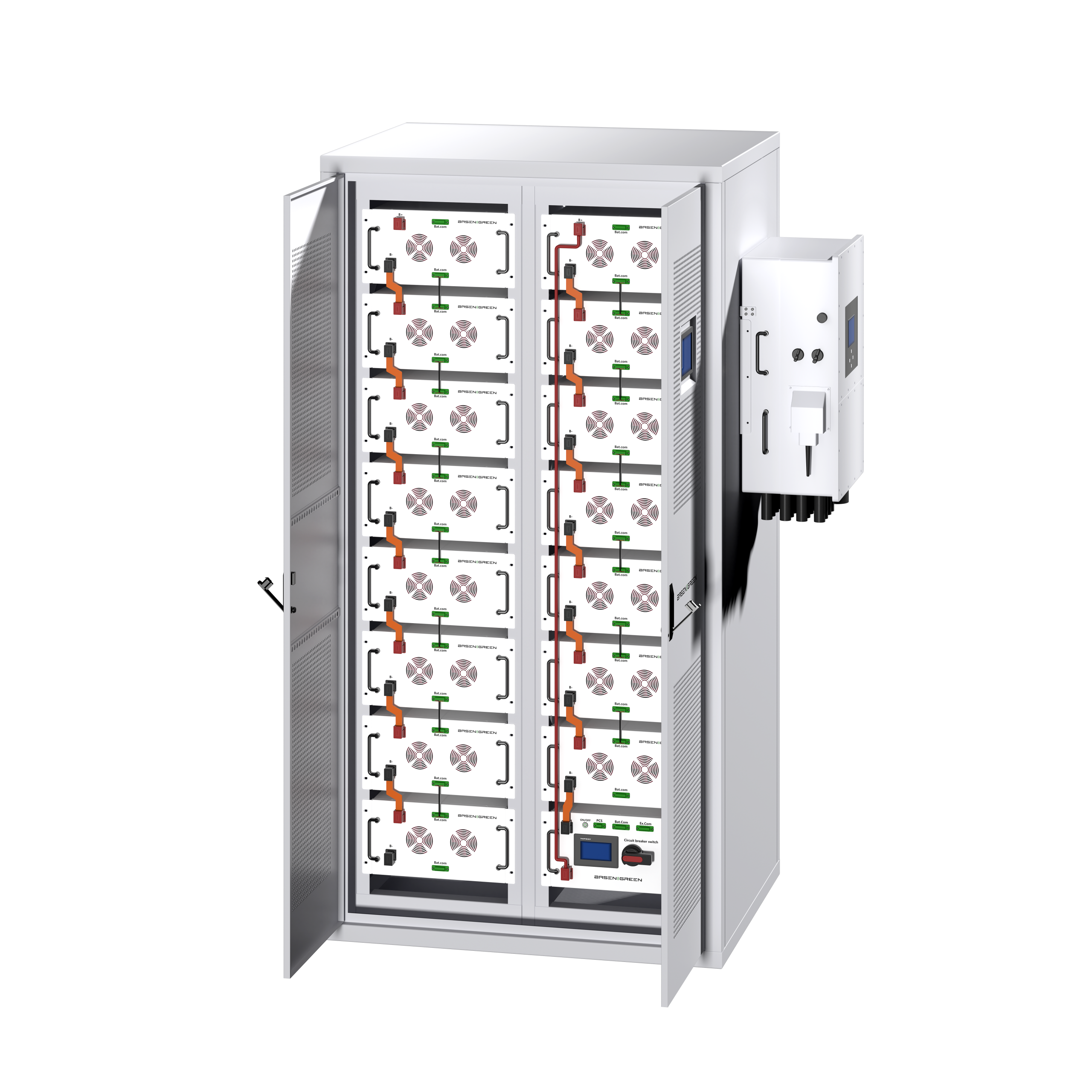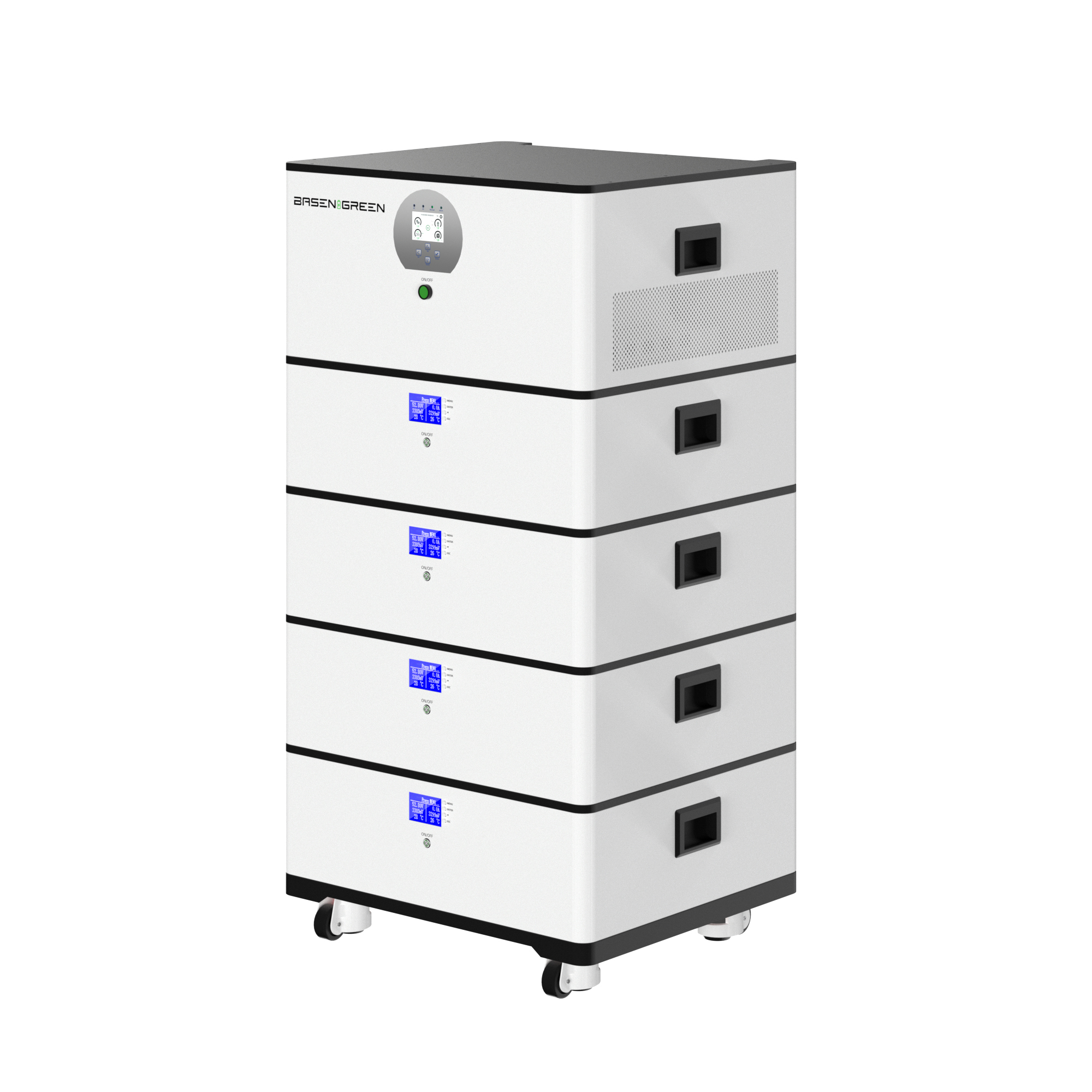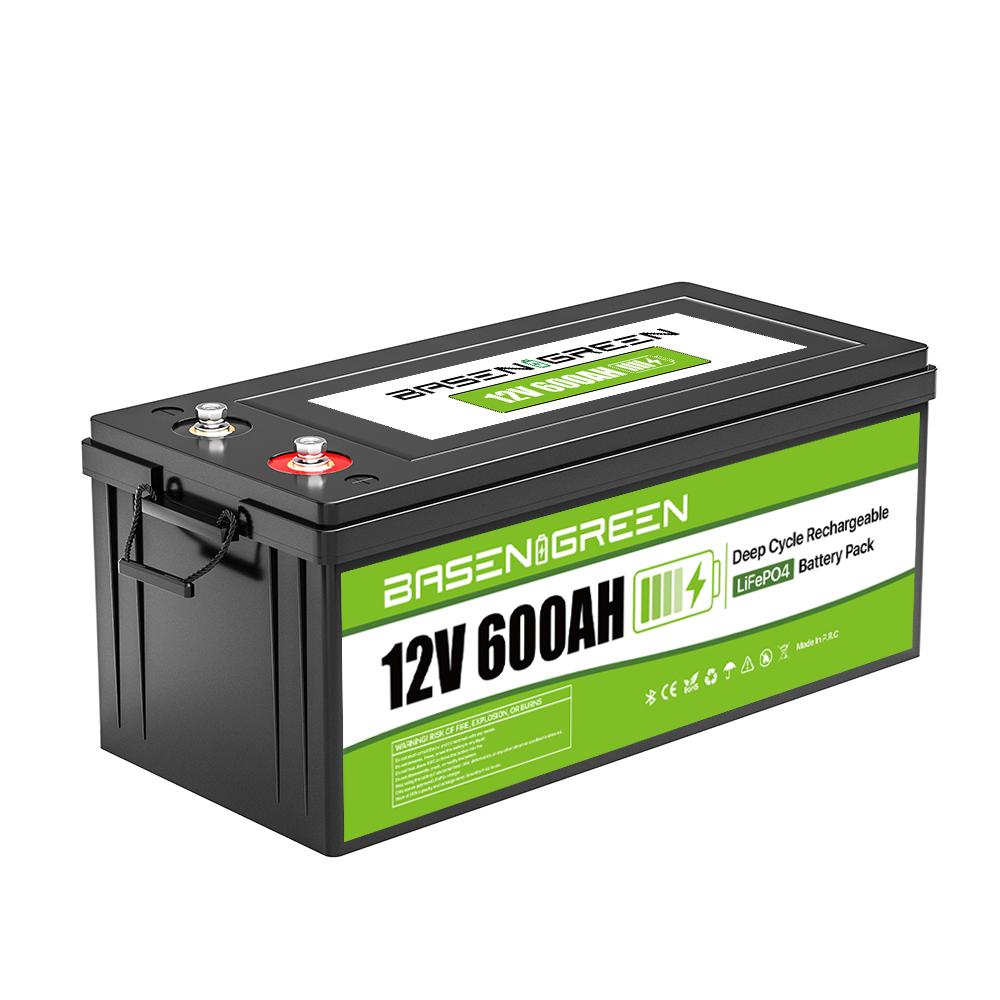MB56 Battery Pack Series/Parallel Voltage Configuration: A Comprehensive Guide
As we delve deeper into the world of battery technology, understanding the nuances of voltage configuration becomes crucial for optimizing performance and safety. The MB56 battery pack, a popular choice in many energy storage applications, relies on the series and parallel voltage configuration to achieve its high energy density and reliability. This article aims to provide a comprehensive guide to the series/parallel voltage configuration in MB56 battery packs, ensuring you have a clear understanding of how it works and why it matters.
Understanding Series and Parallel Voltage Configuration
Before diving into the specifics of the MB56 battery pack, let’s first establish a common understanding of series and parallel voltage configurations. These terms are fundamental in battery technology and refer to how multiple cells or battery packs are connected together to achieve a desired voltage and capacity.
Series Connection: When you connect battery cells or packs in series, you increase the voltage output. Each cell or pack contributes its individual voltage to the total voltage of the system. For example, connecting two 100V cells in series results in a 200V system. However, the capacity (ampere-hour, Ah) remains the same as a single cell in the series.
Parallel Connection: On the other, connecting cells or packs in parallel increases the total capacity of the system. Each cell or pack provides the same voltage, and the current from each is summed. So, connecting two 100Ah cells in parallel results in a 200Ah system, but the voltage remains the same as a single cell.
The Role of Series/Parallel in MB56 Battery Packs
The MB56 battery pack is designed with both series and parallel voltage configurations in mind, allowing for flexibility in different energy storage applications. Its modular design enables users to connect multiple packs in various configurations, depending on the specific requirements of their system.
1. Why Series Configuration is KeyIn a series configuration, the voltage of the entire system increases, which is beneficial in applications where higher voltage is required, such as in solar energy systems or electric vehicles. For instance, solar panels typically operate at a lower voltage, so connecting multiple panels in series boosts the voltage to a level that can be efficiently charged and discharged.
However, series configuration has its limitations. Each cell or pack in the series must have the same voltage and charge/ discharge characteristics to prevent damage to the system. Overvoltage (a higher-than-normal voltage due to the cell chemistry or charging methods) can lead to thermal issues and reduced lifespan. Therefore, proper management and monitoring of the series voltage are essential.
2. The Benefits of Parallel ConfigurationParallel configuration offers advantages in terms of flexibility and efficiency, especially in grid-tied applications or hybrid systems where a stable voltage is critical. By connecting cells or packs in parallel, you can match the voltage to the grid, ensuring compatibility and optimal energy transfer.
One of the key benefits of parallel configuration is the ability to utilize redundant cells or packs. If one cell or pack in the parallel configuration fails, the others remain operational, providing redundancy and improving system reliability. This redundancy is particularly important in large-scale energy storage systems where the failure of a single component can lead to significant operational disruptions.
Mango Energy 3. Series-Parallel CombinationsIn many modern energy storage systems, a combination of series and parallel configurations is employed to optimize voltage, capacity, and reliability. For example, in a hybrid energy storage system, multiple battery packs can be connected in series to achieve the required voltage, while individual packs are connected in parallel to manage the current flow effectively.
This flexibility allows for the design of more efficient and scalable energy storage systems, which are better suited to diverse applications. Whether it’s grid energy systems, renewable energy storage, or electric vehicles, the series/parallel voltage configuration in the MB56 battery pack plays a pivotal role in ensuring optimal performance.
Selecting the Right Configuration for Your Application
Now that we have a good understanding of the series and parallel configurations, it’s time to discuss how to choose the right voltage configuration for your specific application. Below are some key factors to consider:
Voltage Requirements: If your application requires a higher voltage, a series configuration is likely the way to go. Conversely, if you need higher capacity without changing the voltage, a parallel configuration is more suitable.
Grid Compatibility: If you’re integrating your energy storage system with the grid, parallel configuration is often the standard, as it allows for easy connection to the grid’s voltage levels.
Redundancy and Reliability: For critical applications where system uptime is paramount, consider using a combination of series and parallel configurations with redundant packs to ensure continued operation in the event of a single pack failure.
Thermal Management: Both series and parallel configurations have thermal management implications. Series systems require precise thermal control to prevent overvoltage, while parallel systems benefit from better thermal distribution.
Best Practices for Voltage Configuration
To make the most of the series/parallel voltage configuration in your MB5, consider the following best practices:
Voltage Balance: Ensure that all cells or packs in a series configuration have the same voltage and charge levels to prevent damage. Regular monitoring and均衡管理是关键.
Thermal Monitoring: Implement advanced thermal management systems to monitor and control the temperature of your battery packs. This is particularly important for series configurations, where temperature fluctuations can lead to thermal stress and performance degradation.
Redundancy Planning: Design your system with redundancy in mind, especially for critical applications. This means having duplicate battery packs that can take over seamlessly in case of a failure.
Regular Maintenance: Regularly service and inspect your battery packs to ensure they are operating within safe voltage and capacity ranges. This will help prevent issues from arising due to aging or wear.
Real-World Applications of Series/Parallel in MB56
To better appreciate the importance of series/parallel voltage configuration in MB56 battery packs, let’s look at some real-world applications:
Solar Energy Systems: In photovoltaic (PV) systems, series configuration is commonly used to boost the voltage of individual solar panels to a level suitable for grid connection. This is especially true in utility-scale installations where higher voltage levels are often required.
Electric Vehicles (EVs): In EVs, series configuration is often used in the battery packs to achieve the higher voltage levels needed for electric motors. However, parallel configuration is also used in some EVs to accommodate the lower voltage requirements of certain components.
Grid-Tied Applications: Many grid-tied energy storage systems use a combination of series and parallel configurations to match the voltage requirements of the grid while maximizing energy storage capacity.
Hybrid Energy Systems: In hybrid systems that integrate solar, wind, and battery storage, series and parallel configurations are used strategically to optimize the overall system performance.
The series/parallel voltage configuration is a cornerstone of modern battery technology, and the MB56 battery pack is no exception. By understanding the principles of series and parallel configurations, you can design more efficient, reliable, and scalable energy storage systems. Whether you’re working on a small-scale project or a large-scale energy storage application, the series/parallel configuration offers flexibility, efficiency, and the ability to meet the diverse needs of modern energy systems.
As you integrate the MB56 battery pack into your system, consider the factors we’ve discussed, and make informed decisions about the voltage configuration to suit your specific requirements. Remember, proper voltage management is not only critical for the performance of your battery pack but also for the longevity and reliability of your energy storage system as a whole.






